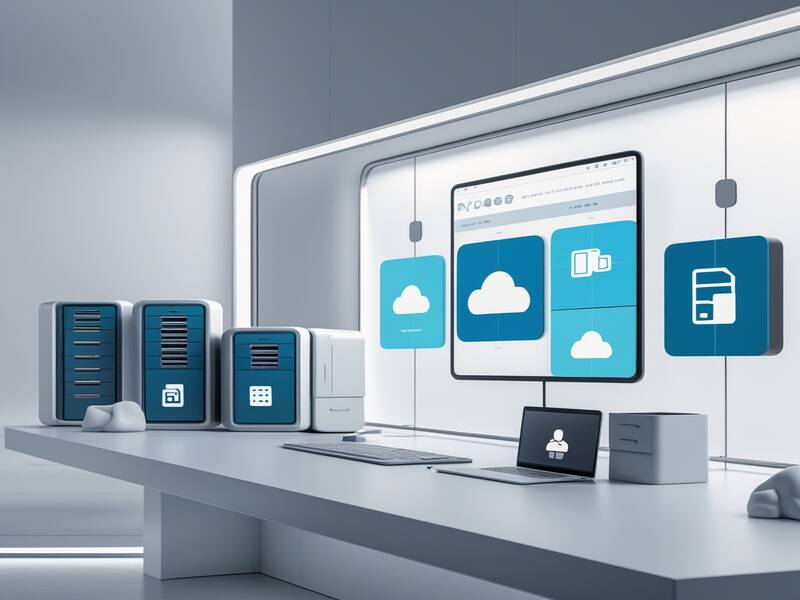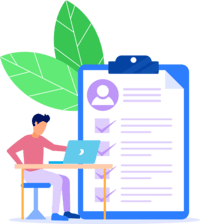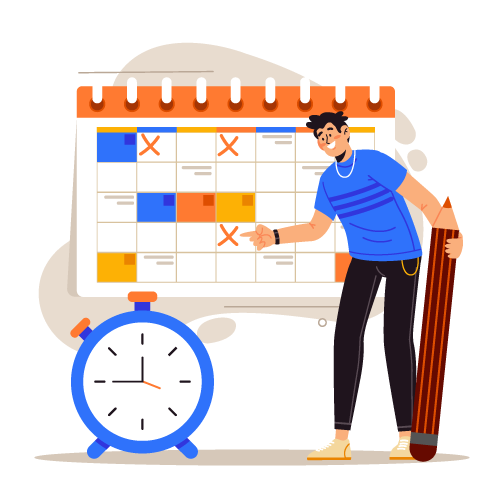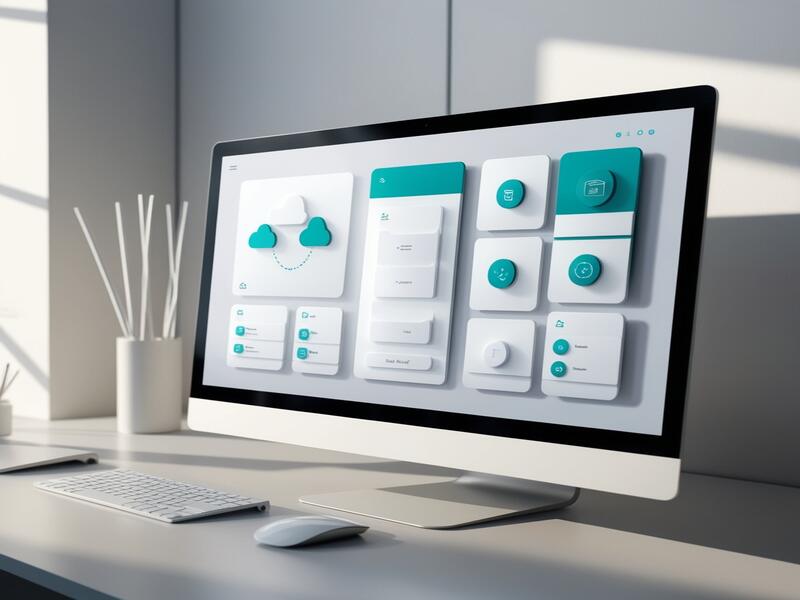Oracle WebCenter Tutorial
Document Management with Oracle WebCenter
Oracle WebCenter Content offers an efficient and user-friendly solution for businesses looking to access up-to-date information.
It allows users to search for documents, preview them without downloading, and collaborate using annotations. Users can add security information, mark documents as standard, restricted, or hidden, and share them with others.
Documents are grouped in libraries and can be categorized using folders. Users can upload or check documents, select metadata, and manage workflows.
The intuitive interface allows users to preview web-viewable formats, download native files, view summaries, edit metadata, and security information, and delete documents, library pages, and folder pages.

How to create an image gallery within WebCenter using a content presenter
The content presenter allows Oracle to leverage its rich content capabilities, specifically in digital asset management.
The gallery will create thumbnails for each image file, allowing users to take advantage of the thumbnails, titles, and common information stored in the content system. The presentation also uses a fancy box using jQuery and CSS to display the gallery.
The end user needs to select a few items or provide a query that returns a series of items, which are images to display.
The code for the gallery is presented, and the solution in action is demonstrated. As the user mouses over the images, they will notice that descriptive alt tags will pop up next to the images, and some items will have content information for comments and content servers.
The presentation emphasizes the importance of understanding the code and its functionality to effectively utilize Oracle’s digital asset management capabilities.
The server provides a user-friendly interface for navigating images within a collection. By clicking on an image item, a modal dialog is displayed, providing detailed descriptions and the image number.
The user can navigate through the images by navigating through the edges and the document. If an image does not have a comment, the description field defaults to the document.
The title and pH are displayed at the bottom. The modal dialogue can be closed when the user is done looking at the images.
The user can also log in to the content and enter the composer for a specific page. The gallery appears in the composer view, and when a series of items are selected for inclusion in the gallery, they can be moved and positioned. Other selection types can be used to pull together images for use in the gallery.
This user-friendly interface is designed for end-users and is easy to navigate and use.The gallery uses a powerful mechanism that uses the selection capabilities of the content presenter to make it look the way it does.

The gallery is built on top of a third-party tool called fancy box.net, which is built on top of jQuery and uses a variety of CSS and jQuery. The library provides various options for how to display the gallery differently.
The gallery is a single page with a few areas at the top, a JSP X page, and standard references to various libraries. The page has a few areas at the top, with standard references to the various libraries. The page also has prefixes referencing web and web-specific capabilities.
The center-specific capabilities allow for access to information about the content, with a series of ADF resource call-outs loading up. The gallery’s appearance is influenced by the use of these technologies, and the gallery’s layout can be customized to suit the user’s preferences.
Creating and Importing Portal Items in WebCenter
The main advantage of this system is that it allows for a structured environment for working with assets.
For a large, complicated project, it is possible to house all templates and other items related to WebCenter within the JDK project.
The project is loaded up, and the user can navigate through the familiar tree structure on the left-hand side of the screen. Within the area of the pages, users can create new folders, such as RCP templates, CP templates, Java Server Faces, and a photo gallery.
Fragments can be created for specific fragments, and the default settings can be accepted for better organization and efficiency.

Oracle WebCenter Training

Managing Portal Itemsfrom JDK to WebCenter
The main advantage of this system is that it allows for a structured environment for working with assets.
For a large, complicated project, it is possible to house all templates and other items related to WebCenter within the JDK project.
The project is loaded up, and the user can navigate through the familiar tree structure on the left-hand side of the screen.
Within the area of the page, users can create new folders, such as RCP templates, CP templates, Java Server Faces, and a photo gallery.
Fragments can be created for specific fragments, and the default settings can be accepted for better organization and efficiency.
Brevity is a concise guide to creating a portal resource in WordPress. It begins by going into the source view, removing the view, and copying existing code.
The code is then pasted into a template, saved, and then right-clicked on. The create portal resource screen appears, with options for the display name, content presenter list, and associated categories.
The content presenter wizard allows users to specify different areas for templates to be pulled from. The defaults are accepted for the guide.
This list allows users to specify a specific category to be associated with the resource, which will be displayed in web centers.

Implementing a New User Interface and Navigation System with ADF Technologies
The team project involves developing a new user interface for a business partner, creating a baseline space, and implementing a new navigation system. The team will collaborate internally and externally to set up a partnership and provide services, with features like document sharing and tagging.
The project includes a series of navigation links, designed for an intranet-style experience, with administrative sections tailored to the user. The navigation system is powered by ADF Technologies, offering flexibility and customization based on user preferences.
This navigation model, driven by ADF, supports web design and development with a variety of links and objects, which can be added, moved, and customized by the user.
The system allows the user to adjust the navigation order and structure, making it intuitive and easy to manage. The goal is to provide an efficient and user-friendly interface that enhances the development process.

Steps to create a web application
The navigation section is the first step, followed by the page templates. These templates are stock ones that ship out of the box. The next step is to create a web center with spaceside navigation and copy it into a project sample.
The resources are then edited and worked within the browser interface or an IDE for the project. The goal is to convey a concept quickly and effectively, using standard HTML CSS-based technologies.
The page is then cut and pasted from the web UI into a notepad, where the elements are added to make the page completely dynamic. The page is then made completely dynamic using standard HTML CSS-based technologies.

Oracle WebCenter Online Training

WebCenter Content in Records Management
Oracle WebCenter Content is a comprehensive solution for managing organization-wide content, including documents, images, and rich media files.
It allows multiple users to collaborate and convert documents to multiple formats, while still allowing access to the original file. The platform supports metadata definition, workflow, document conversion, and security.
It also allows customization for search and sharing capabilities and supports multiple-level complex approval workflows.
WebCenter Content’s Records Management includes a good retention policy, allowing for tracking, preservation, or disposal of records. It also features a freeze function for stopping disposition actions and deletions.
The system also provides an audit trail for record viewing, creation, file plan creation, and certificates of destruction.
Digital Asset Management Grouping and managing assets for a single purpose automates routine tasks and allows for easy access to high-resolution images and videos. It also converts images into web-friendly formats and creates a storyboard for previewing content.
Oracle WebCenter Content’s Imaging software, along with Capture and Forms Recognition technologies, provides a robust imaging platform for managing document images.

It offers business process management capabilities, high-volume production scanning, and intelligent document recognition.
Application Adapters support multiple enterprise applications, and the desktop client allows offline file downloads and synchronization with the server.
User experience in Oracle WebCenter service portal
The user logs in as a test account and navigates to the customer support area. The area displays various support requests, related help documents, and attributes such as support request numbers and product information.
The service bus is used to simplify the fields and make them easier to understand. The document also provides a guide for the checking maximize and a quick start guide.
The user can view the support request for various reasons, such as troubleshooting with interest, checking maximizer, and a quick start guide.
The content server and the user can navigate to the checking maximizer by clicking on the “Notti” icon at the top of the screen.
The user can also view other support requests, such as the product and the service request for the product.
The content server and the user can navigate to the product and service request for the product. The end-user experience is maintained without disrupting the end-user experience.
The second support request pertains to the Excel cash management solution.
The document provides an example of an Excel diagnostic tip document, which took about 10 minutes to put together but provides an efficient interface for customers to access and perform self-service tasks.
The document also shows the administrative side of the portal, where users can view the details of their accounts and the support requests they have been dealing with.
The administrator can now access the content server and browse the libraries available within the content.
The content server contains support documents, including the interest-checkingmaximizer, troubleshooting, and product documentation.
These documents provide information on how to maintain the knowledge base, which is correlated back to the products.
The integration suite is created using correlation based on keywords, and the keywords are automatically assigned to the documents when dragging and dropping them into a folder. The quick start guide and integration suite are also available.
What is a service bus tool?
The service bus toolisused to manage customer operations in a portal. It allows users to access aggregate support by customer operation by passing in an account ID.
The service bus also allows users to create support documents with ID name descriptions and file URLs.
These documents are different from the content server’s data, which is a part of the service bus’s beauty.
The service bus creates a layer that is generic and canonical, allowing users to use the desired format without explicitly specifying the backend systems.
This allows for flexibility in managing support requests and ensuring that the system is functioning efficiently.

Oracle WebCenter Course Price


Gayathri
Author